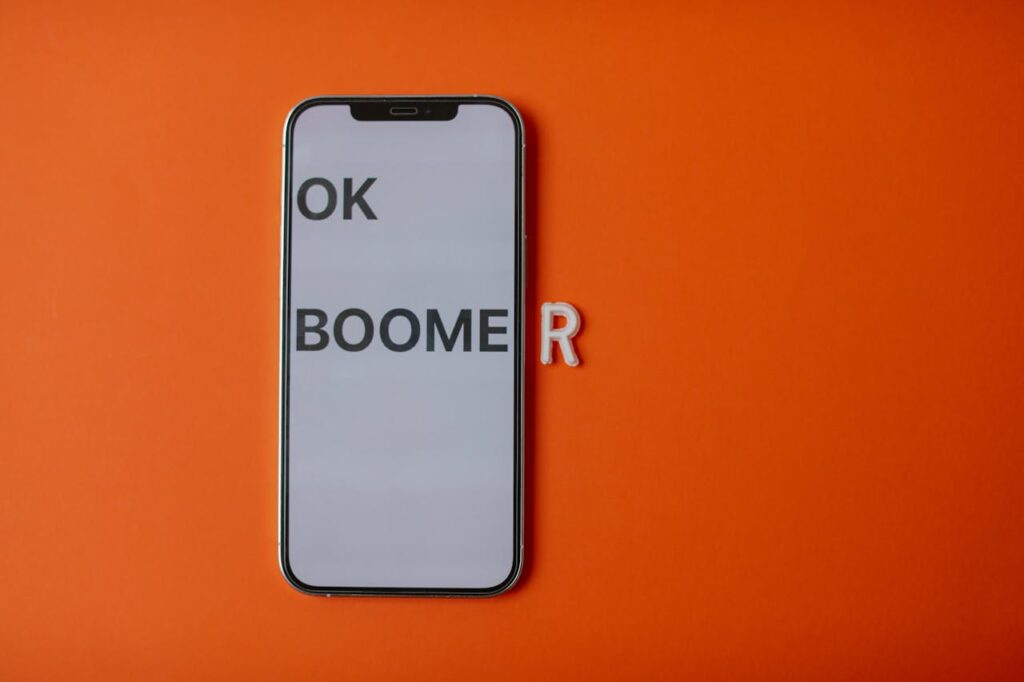GIFs have become an essential part of digital communication, offering brands a powerful way to tell stories and connect with audiences. These short, looping animations combine the visual impact of video with the simplicity of still images, making them perfect for catching attention in crowded social feeds and email inboxes. According to GIPHY, their platform serves over 10 billion GIFs daily across messaging and social platforms, demonstrating the format’s widespread adoption. For marketers and brand managers, GIFs present a unique opportunity to boost engagement, increase click-through rates, and build authentic connections through visual storytelling that resonates with today’s digital-native audiences.
5WPR Insights
Understanding the Power of GIFs in Digital Marketing
GIFs occupy a sweet spot in the content spectrum between static images and full video. Their auto-playing, looping nature makes them naturally attention-grabbing, while their typically small file size allows for quick loading across platforms. Research by Email on Acid shows that using animated GIFs in email campaigns can increase click-through rates by 42% compared to static images.
The format’s versatility allows brands to convey complex messages or emotions in just a few seconds. Whether demonstrating product features, sharing reaction-based content, or adding personality to marketing messages, GIFs help brands communicate more effectively in an increasingly visual digital landscape.
Maximizing Email Click-Through Rates with GIFs
Email remains one of the most effective channels for GIF usage in marketing. When implemented strategically, GIFs can significantly boost engagement metrics. A study by Marketing Sherpa found that emails containing GIFs received 26% higher click-through rates than their static counterparts.
To maximize CTR with GIFs:
Start with the first frame – Design your GIF so the initial frame works as a static image for email clients that don’t support animation. This ensures your message remains effective even without animation support.
Keep file sizes manageable – Large GIFs can slow email loading times and trigger spam filters. Aim to keep GIF files under 1MB by limiting frames and colors. Tools like EZgif or Gifsicle help optimize file sizes without sacrificing quality.
Place GIFs strategically – Position animated content near calls-to-action to draw attention to conversion points. According to Mailchimp’s research, GIFs placed above the primary CTA button can increase click-through rates by up to 29%.
Creating a Visual Tone of Voice Through Animation
Consistent visual communication helps establish and reinforce brand identity. GIFs offer unique opportunities to develop a distinctive visual tone of voice through animation style, color choices, and motion patterns.
When developing a GIF strategy for visual branding:
Choose animation styles that match brand personality – Smooth, professional animations might suit corporate brands, while bouncy, playful motions work better for casual brands.
Maintain consistent visual elements – Use brand colors, typography, and design elements consistently across GIF content to build recognition.
Consider emotional impact – Different animation styles evoke different emotional responses. Fast-paced animations create excitement, while slower, subtle movements convey calm or luxury.
Leveraging Meme Culture in Brand Communications
Memes represent a powerful way to connect with audiences through shared cultural references. According to Twitter Marketing, tweets containing GIFs receive 55% more engagement than those without, highlighting the format’s effectiveness in social conversation.
To successfully incorporate meme culture:
Stay current with trends – Monitor popular meme formats and themes across platforms to identify opportunities for brand participation.
Add value to conversations – Create GIF content that contributes meaningfully to discussions rather than forcing brand messages into unrelated trends.
Respect copyright and attribution – When using existing meme formats, ensure proper rights clearance and credit original creators when appropriate.
Platform-Specific Optimization Strategies
Different platforms have unique requirements and opportunities for GIF content:
Email Platforms
- Outlook: Use compressed GIFs under 1MB
- Gmail: Supports most GIF formats
- Apple Mail: Full GIF support across devices
Social Media
- Twitter: 15MB maximum file size
- Instagram: Convert GIFs to video format for feed posts
- Facebook: Supports GIFs in posts and messages
Messaging Apps
- WhatsApp: Converts GIFs to video format
- Slack: Native GIF support and integration
- Discord: Direct GIF posting and GIPHY integration
Measuring GIF Performance and ROI
Track these key metrics to evaluate GIF effectiveness:
Engagement metrics:
- Click-through rates
- Time spent on page
- Social shares and saves
- Comment activity
- Reaction counts
Platform-specific analytics:
- GIPHY view counts
- Sticker usage stats
- Share tracking
- Impression data
Technical Considerations for GIF Creation
Follow these specifications for optimal performance:
Dimensions:
- Email: 600-800 pixels wide
- Social media: Platform-specific requirements
- Web: Responsive sizing
File size limits:
- Email: Under 1MB
- Social media: Platform dependent
- Web: Under 5MB for optimal loading
Frame rates:
- 10-15 fps for smooth animation
- Fewer frames for simpler animations
- Key frame optimization for file size
Building a GIF Content Strategy
Develop a systematic approach to GIF creation and distribution:
Content calendar integration:
- Plan GIF content alongside other marketing materials
- Align with campaign themes and messaging
- Schedule regular GIF content updates
Brand guidelines:
- Animation style guides
- Color and typography standards
- Motion design principles
Distribution workflow:
- Platform-specific formatting
- Publishing schedule
- Performance tracking
Conclusion
GIFs have evolved from simple animated images to powerful tools for brand storytelling and engagement. By understanding platform requirements, optimizing for performance, and maintaining consistent visual branding, marketers can effectively use GIFs to increase email click-through rates and build stronger connections with their audiences. Start by establishing clear guidelines for GIF usage in your brand communications, test different approaches across platforms, and continuously measure results to refine your strategy. Remember to stay authentic to your brand voice while participating in broader cultural conversations through GIF content.

More PR Insights
Making Strategic Pivots When PR Campaigns Fall Flat
Repurposing Analyst Research in Pitching: A Strategic Guide
Crafting Scarcity With Waitlists And Invite-Only Access For Media Buzz